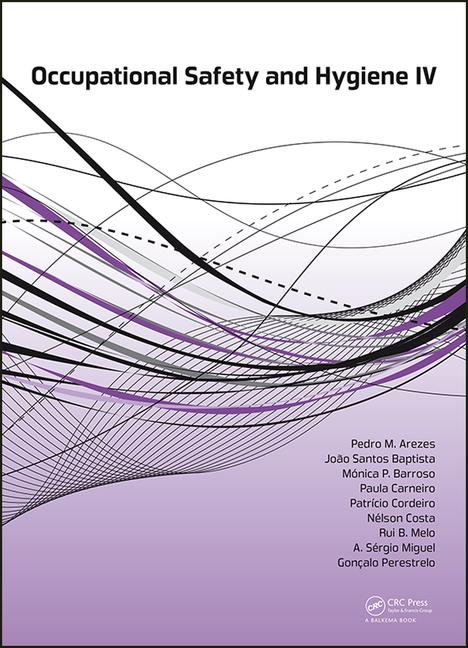A construction accident that killed two workers last month in Myanmar was not unusual. In fact, serious workplace incidents are common in the Southeast Asia state, although it’s difficult to quantify them because outdated occupational safety regulations don’t require the comprehensive keeping of such statistics.
What was unusual about the tragedy at the Mandalay hotel construction site -- where two died and 18 were injured when scaffolding collapsed – was that images of the incident were widely shared on social media, which led to calls for updating OSH regulations in Myanmar.
At present, safety is largely left up to employers and the 1951 Factory Act, which doesn’t even cover construction and several other industries. The ministries of labour and of construction have been working on a draft “Health and Safety in the Workplace” law since 2012, but it has not yet been submitted to parliament.
As a starting point in reforming workplace safety, the Myanmar Engineering Society has announced plans to form a safety group to record statistics on worker accidents. The Society has also conducted safety seminars and workshops for both developers and workers.
While developers may want to avoid accidents, they have expressed reluctance to take on the costs associated with better safety practices. Some companies simply compensate workers out of pocket as accidents occur. Safety experts are hoping that developers will realize reducing accidents will lower these payments.




